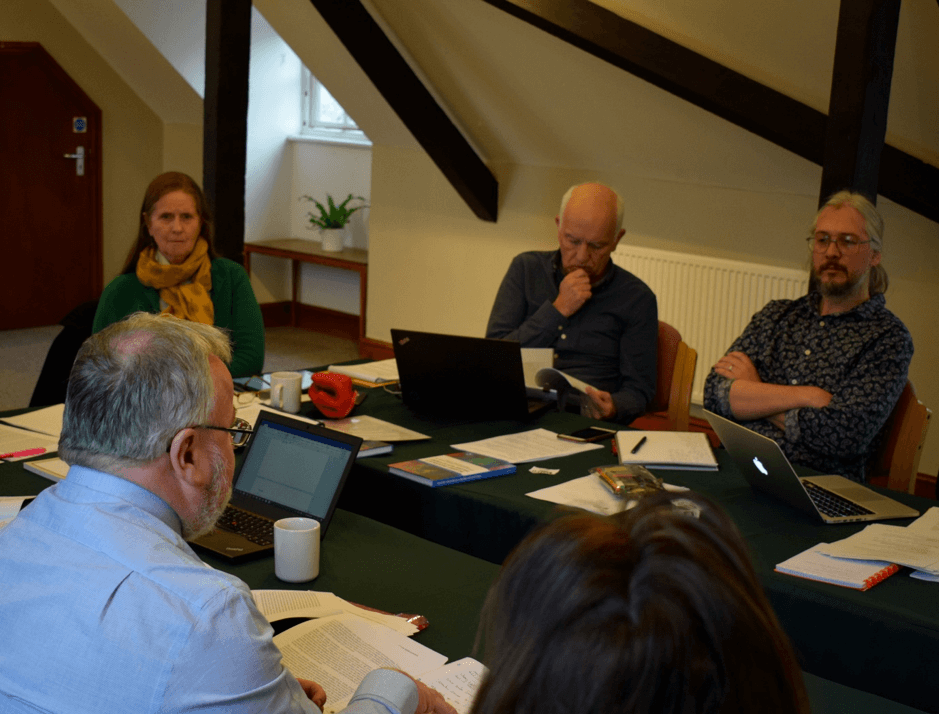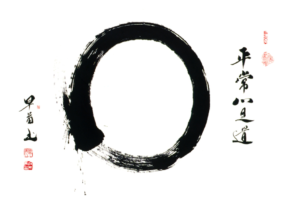Teachers and educationalists have taken part in two incredible days exploring Theologies of Reading at the Faculty of Divinity, University of Cambridge.
Why describe it as incredible?
The level of expertise in the room from primary and secondary teachers, RE advisors and educationalists complimented an inspiring series of lectures and discussions on aspects of RE. Lectures came from post-doctoral experts in their fields of study providing a ‘deep dive’ and nourishment into elements of RE as well as careful thought on how the themes could be transferred into different education settings.
In the course of Theologies of Reading Day One Hermeneutics, Qur’anic Recitation, Religious Commentaries in Midrash and Biblical Language in texts were explored. These challenging concepts were enlightening, particularly with expectation of translating them into my own context of primary education. The key to doing this for me was to breakdown each lecture into simple terms; Hermeneutics crudely became different viewpoints, Biblical Language and Texts became authorship and Religious Commentaries became evidence-based argument.
I then selected two of these concepts to develop into a teaching block from the Understanding Christianity resource – The Kingdom of God. It linked to the liturgical calendar as Pentecost was upon us, this allowing me to explore the story of Pentecost through authorship and biblical evidence. A great find to enable this was the purchase of an Infographic Bible!
The second element allowed me to explore the theological impact of Pentecost on the beliefs of Christians in the context of The Kingdom of God. Healthy debates were held on the reasonableness of Jesus ascending to heaven and whether people did actually experience the Holy Spirit within them. At times this digressed into wider discussions about the origins of the universe and the nature of the miraculous. Year 6 pupils raised the idea that for the big bang to happen someone needed to create the space for it to happen – was that proof of God? This obviously made for more thought as a couple of days later when a Year 3 child asked if God created everything then who created God? Another child made the connection that maybe we could interpret the big bang as the creation of God – were they one and the same?
Day Two of the Theologies of Reading seminars allowed us to showcase our work and to explore some further concepts back in Cambridge. As part of this day we visited the university library and explored some of the treasures of the sacred texts that they hold. It was a genuine privilege to ‘get up close’ to text dating back in some cases over 500 years. To see personal notations and additions in pontificals as well as the evolution of script into scholastic ‘textbooks’ was amazing. I was particularly inspired by the intimacy of the Book of Hours we saw. I pondered how these very personal collections of bible verse, prayers and psalms could be translated into an assessment piece for Year 6 as a culmination of their total RE learning.
This visit was complimented by a lecture on Practical Criticism and coming to a text with purity, no context and experiencing it as a reader. We read collectively as a group, discussed our stumbles and our cohesion. Brought light to the semantics of the verse and offered our reflections.
So what next?
Taking the concept of reading a text ‘cold’ not only for RE but also across the wider curriculum may be a possibility. Likewise transferring and connecting the skills of RE across the curriculum. A fellow colleague posed the idea of what if you presented a religious text in a format that removed the ‘religiousness’; a bible text without the verses or chapters or a psalm presented as a simple poem. Would the children interact differently to it? Would it be better? Some exciting ideas to explore…
For further information about the Theologies of Reading series contact Kathryn Wright ceo@cstg.org.uk
Details of the original Theologies of Reading seminars which inspired this CSDP programme can be found here: http://www.crassh.cam.ac.uk/programmes/theologies-of-reading
For information about the Understanding Christianity resource: http://www.understandingchristianity.org.uk
For information about University of Cambridge Treasures collection: https://www.50treasures.divinity.cam.ac.uk



